The quest to recreate fast-food favourites at home has become something of a national obsession, and few challenges have proven as tantalising as replicating Burger King’s distinctive flame-grilled taste. Unlike the Colonel’s famous (or, famously proprietary) eleven herbs and spices, Burger King’s secrets lie not in a mysterious spice blend, but in technique, sauce alchemy, and that elusive flame-grilled flavour that divides opinion and sparks debate across dinner tables nationwide.
After weeks of research, countless burger experiments, and deep dives into fast-food forums (yes, they exist and they’re fun, frictious and fascinating), we’ve alighted on the methods that’ll have you producing Whoppers worthy of the King himself. And before you ask – no, you don’t need an industrial flame grill. Nor a barbecue, as it happens…
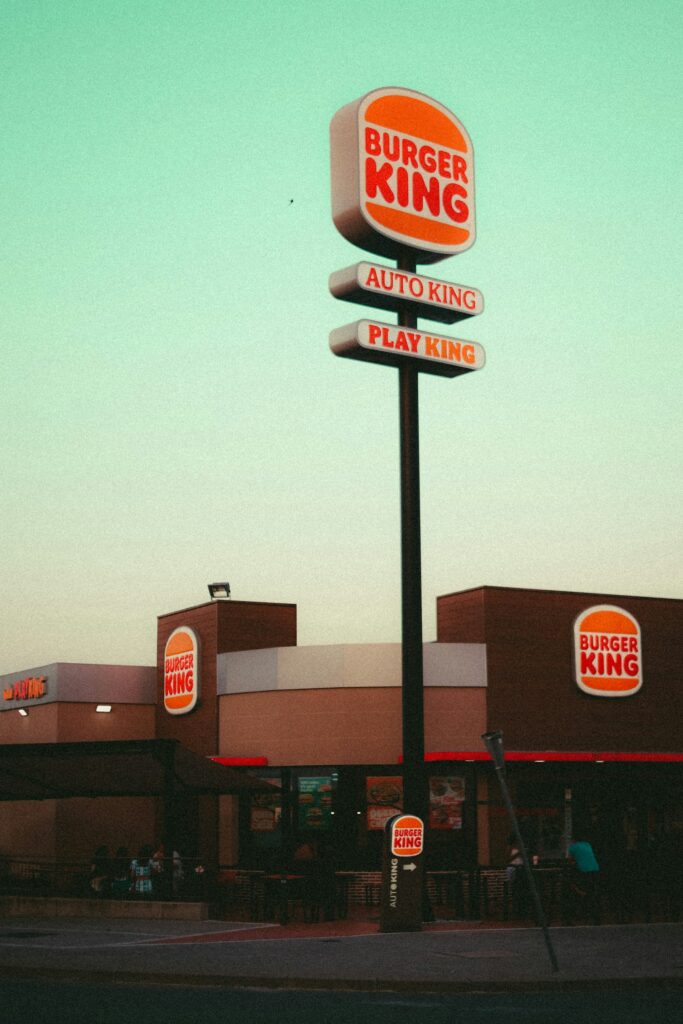
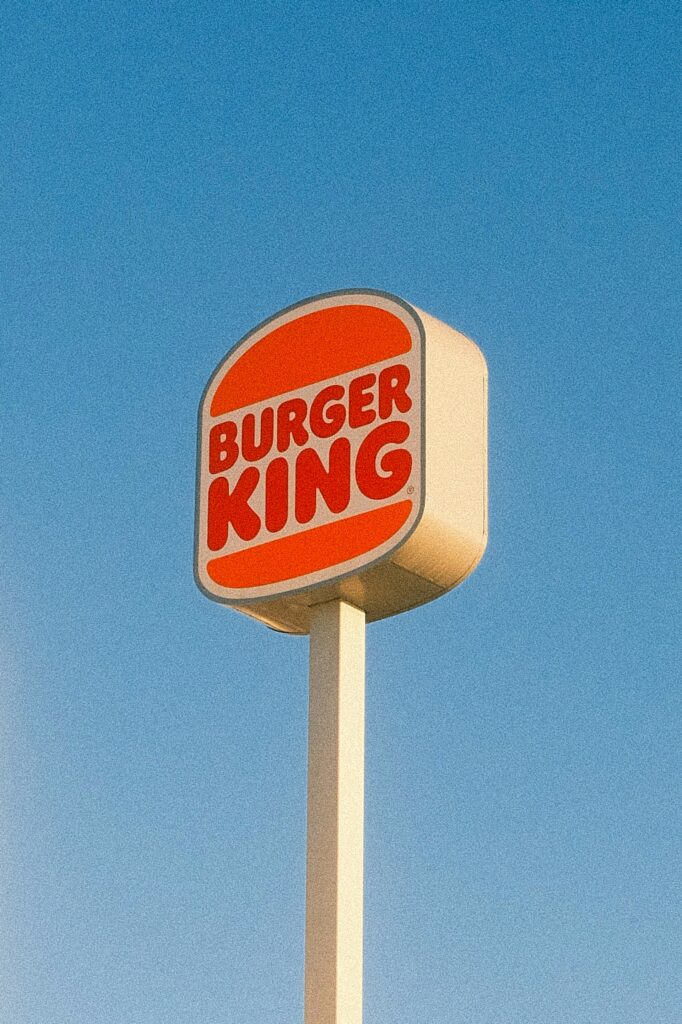
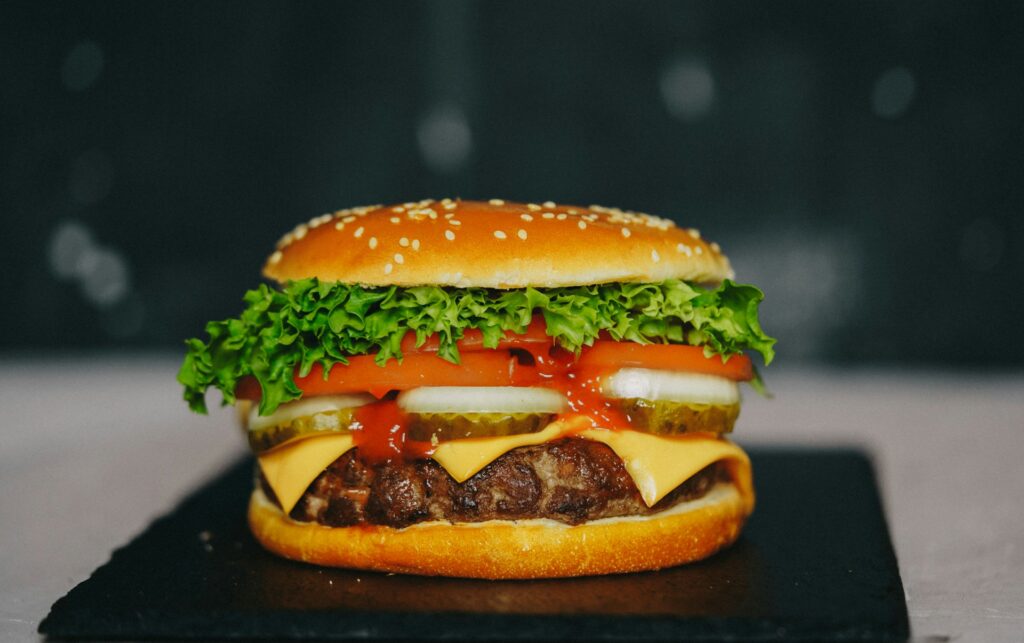
The Great Whopper Sauce Debate
Our journey to decode the Whopper began with what can only be described as ‘intensive field research’. Over the course of three weeks, we ordered 47 Whoppers using the Burger King mobile app (the things we do for journalism), carefully deconstructing each one to analyse sauce distribution, patty thickness, and that elusive flame-grilled flavour.
The app’s customisation options actually proved invaluable – by ordering burgers with and without certain elements, we could isolate individual components and their contributions to the overall taste.
And this is how we zero’d in on the sauce (request it ‘on the side’, if you’re similarly inquisitive). Indeed, perhaps no element of Burger King’s menu has sparked more heated discussion than the exact composition of their signature burger sauce. Former employees have leaked various versions over the years, leading to what can only be described as the ‘Sauce Wars’ of the early 2010s on Reddit and various other even more obsessive foodie forums.
While the details of specific insider revelations are often fleeting, lost to deleted threads, forum archives and the odd cease and desist, the consensus among determined home cooks points to a distinct flavour profile in the UK, often perceived as less sweet and more acidic than its American counterpart. Our own testing, based on these collective insights, confirms that a balance leaning towards tangier notes gets you remarkably close to the Whopper we know and love here in the UK.
Interestingly, for years home cooks puzzled over a subtle ‘zing’ in the Whopper sauce that was hard to pin down. While the exact blend remains proprietary, it’s known that certain food compounds, like those found in horseradish, can activate the trigeminal nerve, subtly enhancing overall flavour perception without being overtly detectable themselves. It’s barely perceptible, but it adds that certain something that home cooks have been missing for years.
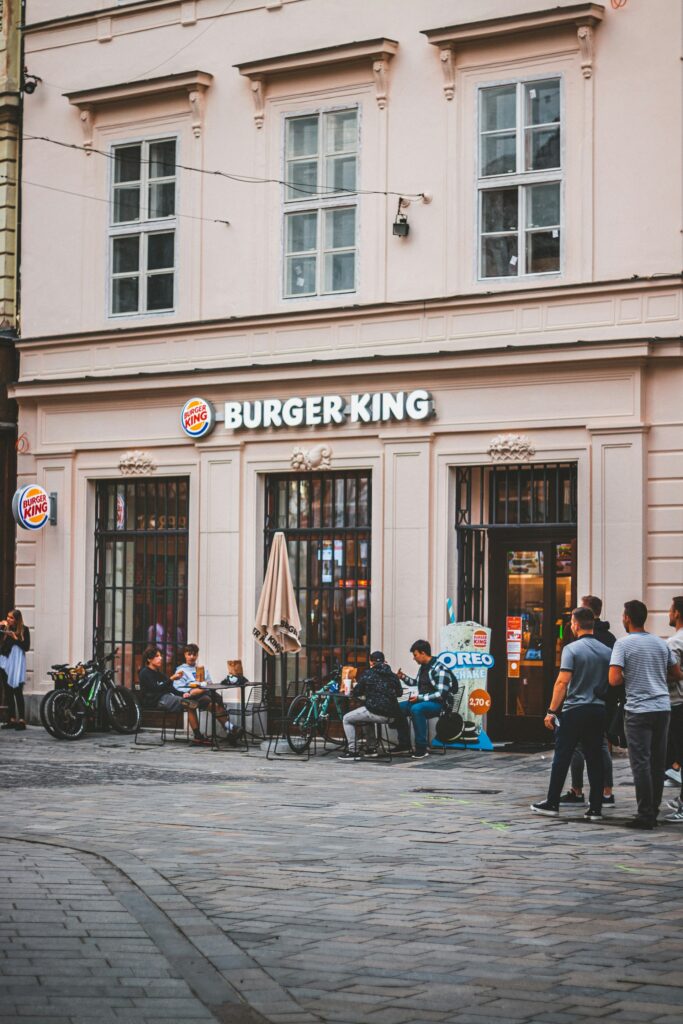
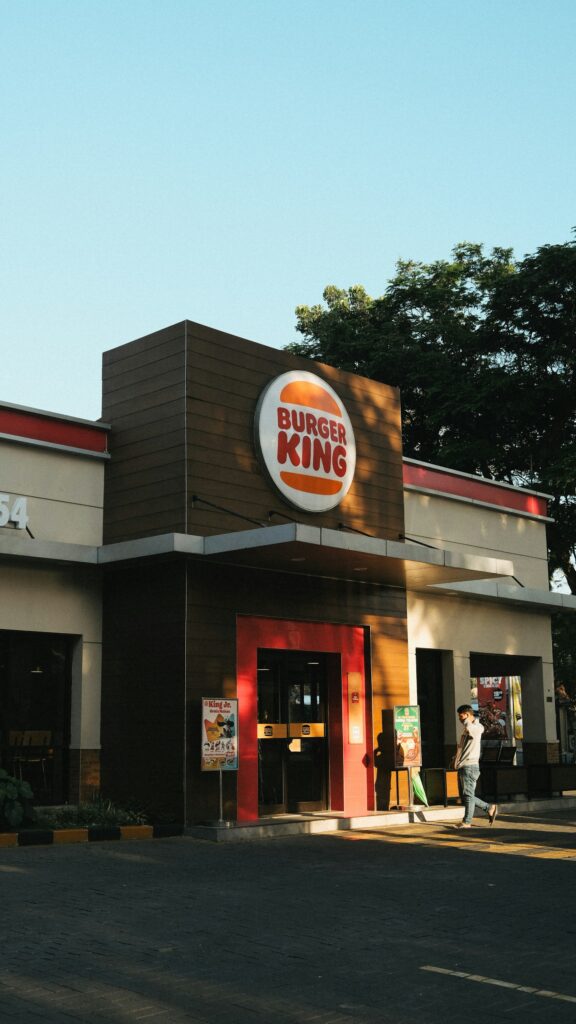
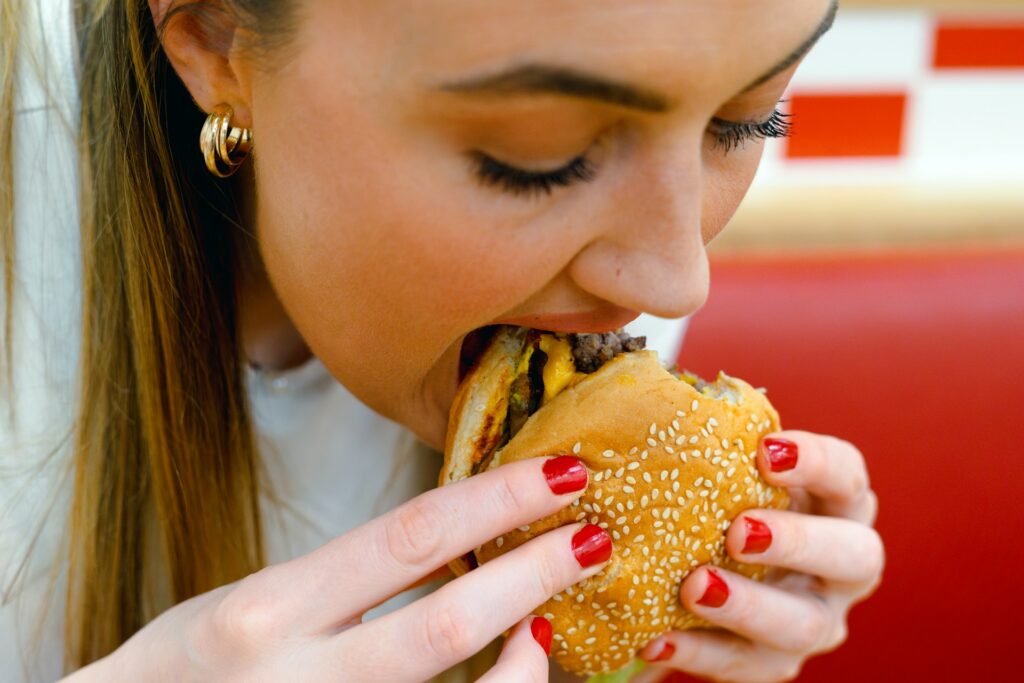
The ‘Secret’ Whopper Sauce Recipe
This recipe aims to capture that elusive blend of creamy, sweet, tangy, and savoury that defines the Whopper sauce.
Ingredients:
- 120ml good quality mayonnaise (Hellmann’s Real works best) spiked with ¼ teaspoon prepared horseradish
- 2 tablespoons Heinz tomato ketchup
- 2 tablespoons Sweet Pickle Relish (or, Branston pickle, if you like)
- 1 tablespoon White Vinegar
- 1 teaspoon White Sugar
- 1 teaspoon onion powder
- 1 teaspoon garlic powder
- Pinch of Paprika (for colour and a hint of warmth)
- Pinch of caster sugar
Instructions:
- Combine all ingredients in a medium bowl.
- Whisk thoroughly until completely smooth and well-combined.
- Cover and refrigerate for at least 1 hour (preferably longer) to allow the flavours to meld. This step is crucial for developing the sauce’s characteristic taste.
The Patty: Flame-Grilled Perfection (& A Little Bit Of Science)
Here’s where things get properly contentious. Burger King’s ‘flame-grilled’ claim has been the subject of numerous investigations. What’s confirmed is that whilst the patties are indeed exposed to flames, those characteristic grill marks come from a conveyor belt (chain broiler) system that creates them through direct contact with heated metal bars.
Now, for the big one: the flavour secret. Despite persistent rumours of liquid smoke, Burger King UK themselves have launched campaigns directly debunking this, stating “It’s real fire”. This means that smoky flavour isn’t from an additive, but from the actual flame-grilling process itself, imparting genuine char and a unique aroma. Those flames are gas-powered, it should be said; it’s not some unpredictable charcoal or wood-fired situation.
Anyway, to replicate this at home, we’ve discovered that a combination of cast-iron searing followed by a hint of added liquid smoke can come remarkably close. The key is restraint – too much and you’ll taste like you’ve licked a barbecue.
Burger King UK Whopper patties start as a generous 113g (approximately 1/4 pound) of 100% pure beef, before cooking. What truly sets the flavour apart is their seasoning blend of salt and black pepper.
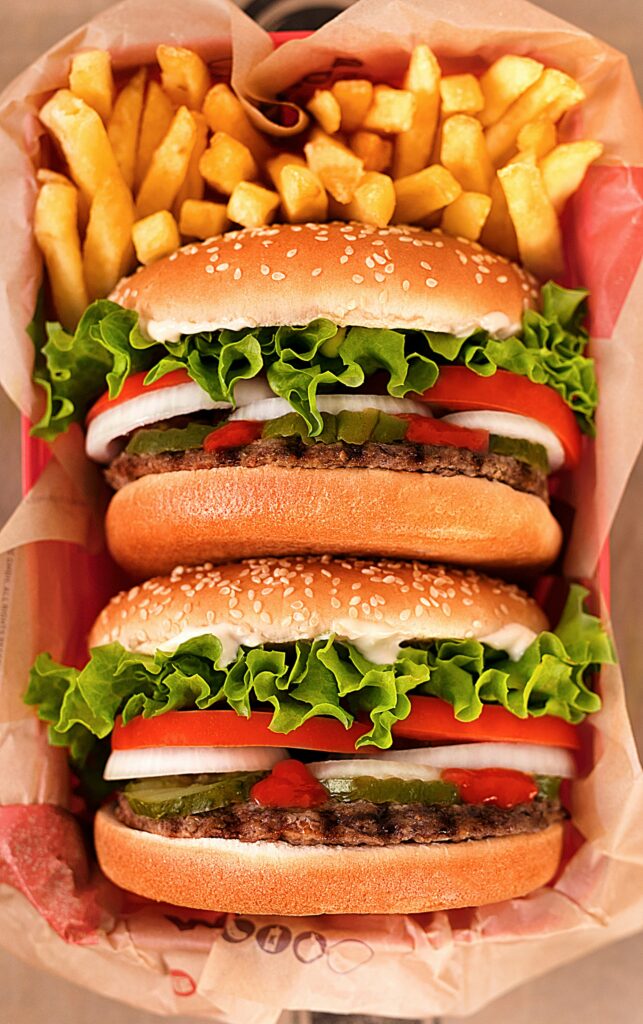
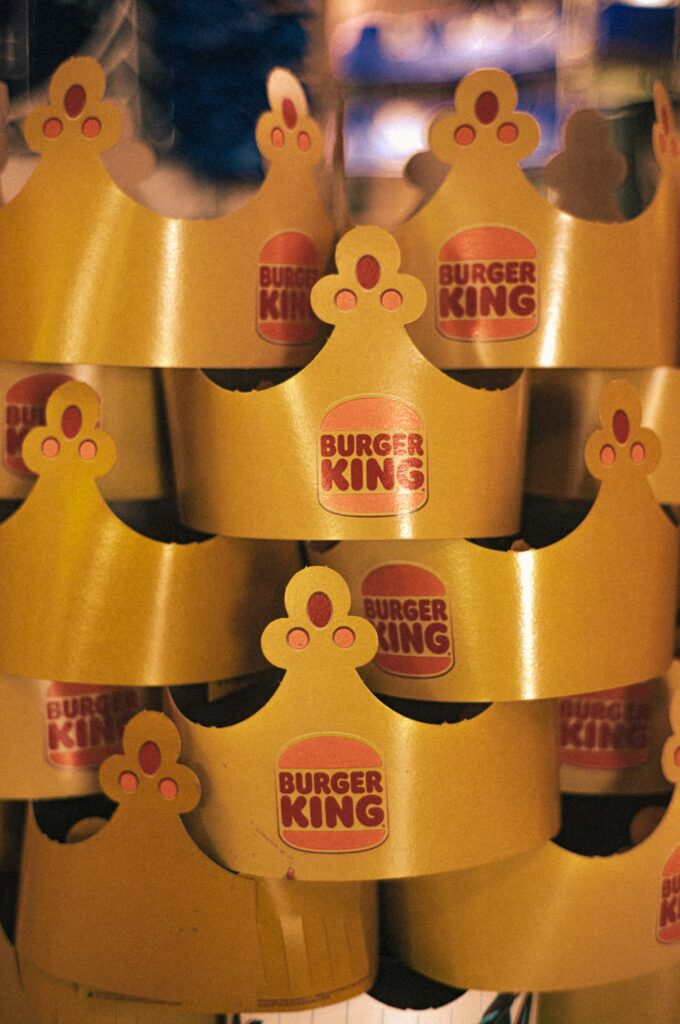
The Flame-Grilled Patty Recipe
To achieve that smoky, seared flavour at home, a good quality beef patty and a screaming hot pan are your best friends.
Ingredients:
- 600g beef mince (20% fat – crucial for proper shrinkage and juice retention)
- Maldon sea salt
- Black pepper
- Colgin’s Natural Hickory, diluted 1:3 with water
Instructions:
- Form your mince into patties that are 12cm in diameter and no more than 1.5cm thick. The thinness is crucial – it allows for proper caramelisation whilst maintaining a juicy interior. Make a 2cm dimple in the centre to prevent the dreaded burger bulge.
- Season your patties with fine sea salt and black pepper just before cooking. The timing here is critical; salt too early and you’ll extract moisture, creating a dense, sausage-like texture.
- Heat a cast-iron pan until it’s properly smoking – we’re talking 230°C if you have an infrared thermometer. No oil. Slap those patties down and DO NOT MOVE THEM for exactly 2 minutes 45 seconds. You want a proper Maillard reaction happening here. Flip once – only once – and cook for another 2 minutes 15 seconds for the perfect BK-style medium.
- (Optional for a smoky hint, use with extreme caution and ventilation): In the last 30 seconds of cooking, add three drops (no more) of diluted liquid smoke to the pan, away from the patties. It’ll instantly vaporise, coating your burgers in that flame-grilled essence.
The Assembly: Precision In Every Layer
Former BK employees have confirmed that there’s a specific assembly order that’s drilled into staff during training, and it genuinely affects the eating experience. It’s food engineering at its most approachable.
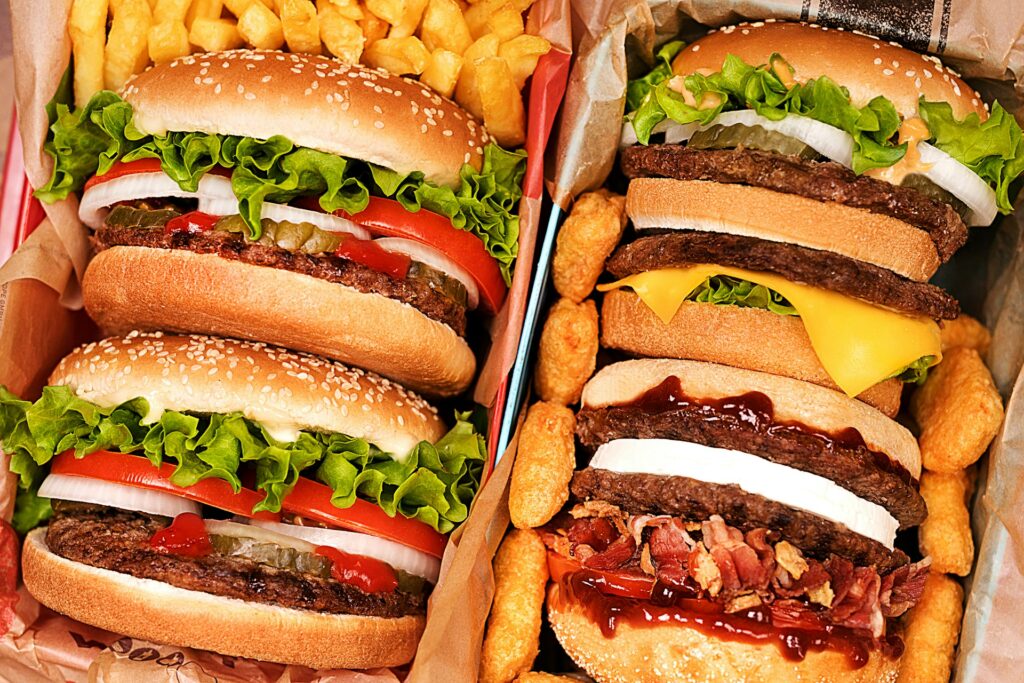
The Whopper Assembly
Once all your components are ready, it’s time to build your masterpiece. Or, you know, four masterpieces…
Ingredients:
- 4 sesame seed buns (Warburtons Seeded Burger Buns are closest to BK’s)
- Whopper Sauce (from your recipe)
- 1 iceberg lettuce, shredded to 3mm width
- 2 beef tomatoes, sliced exactly 7mm thick
- 1 large white onion, sliced 3mm thick
- 12 dill pickle slices (specifically the crinkle-cut variety)
- Your flame-grilled beef patties
- Cheese Slice (if adding, American cheese is standard)
The Method:
- Lightly toast both halves of your sesame seed bun (toasted for exactly 17 seconds in a dry pan).
- From bottom to top: Spread your homemade Whopper Sauce evenly to the edges of the bottom bun.
- Layer the fresh ingredients: lettuce (placed so it creates a moisture barrier), then two tomato slices (overlapping), then the white onion (separated into rings, about 4-5 pieces). The logic? The lettuce prevents the bottom bun from going soggy.
- Place the hot, flame-grilled beef patty on top of the vegetables. If adding cheese, apply it in the last 30 seconds of cooking your patty on the pan.
- Arrange exactly three dill pickle slices, evenly spaced, on top of the patty.
- Finally, place the top bun, with an additional spread of your Whopper sauce if desired, to complete the build. The pickles and onions on top mean their flavours hit your palate first, followed by the meat and sauce combination.
Read: Top restaurant chefs reveal how to cook the perfect burger at home
The Bacon: The Unsung Hero
Interestingly, Burger King’s bacon has its own cult following, with a recent Market Watch story reporting that the fast food chain was ‘forever banking on bacon’. It’s typically pre-cooked in factories before being finished in stores. This partial pre-cooking and quick finish creates that perfect texture – crispy edges but still pliable enough to bite through without pulling the whole rasher out of your burger.
Crispy Bacon
To replicate this, you can partially cook thick-cut streaky bacon and then finish it just before serving.
Ingredients:
- Thick-cut smoked streaky bacon
Instructions:
- Bake your bacon at 180°C for 12 minutes to partially pre-cook it.
- Just before serving, finish in a hot pan for 45 seconds per side to get those crispy edges.
The Temperature Game
One detail that makes an enormous difference – and this comes straight from BK’s own training manuals that occasionally surface on eBay – is serving temperature.
The meat should be 68.3°C (155°F) internal temperature when served, with an ideal target of 71°C (160°F), ensuring it’s piping hot but still juicy. The cheese should be just melted (not bubbling), tomatoes must be room temperature (never refrigerated), and the buns should be warm but not hot.
Getting these temperatures right is what separates a good homemade burger from one that genuinely tastes like it came from Burger King. It’s the difference between a random assembly of ingredients and a carefully engineered fast-food experience.
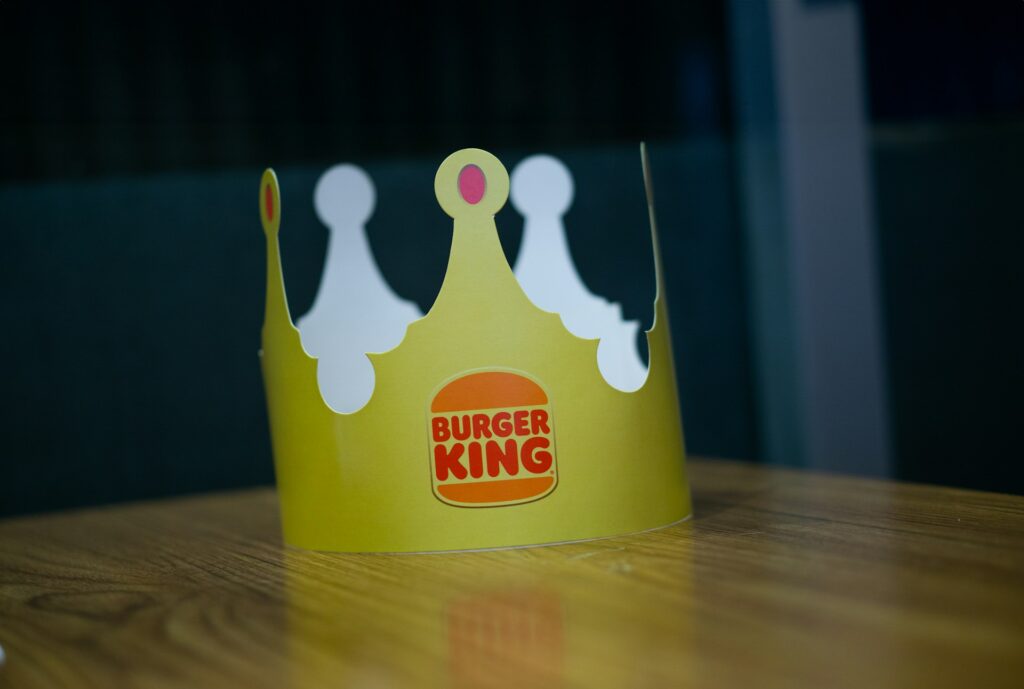
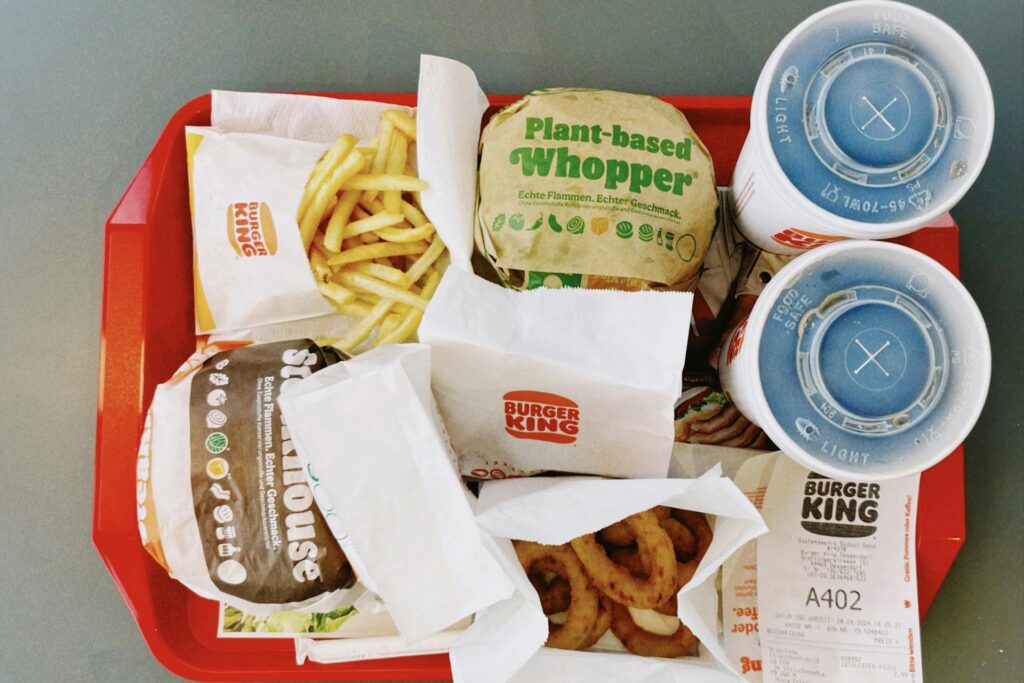
The Bottom Line
Can you perfectly replicate a Burger King burger at home? With these techniques, you can get remarkably close. Some might argue it’s actually better – you’re using fresher ingredients and can control the quality of your beef.
But there’s something about the industrial precision, the specific equipment, and yes, even the fluorescent lighting of a proper Burger King that adds an indefinable quality to the experience. Still, for those times when you’re craving a Whopper but can’t face the queue at your local BK, this recipe will hit the spot.
Now, we’re off to Cardiff for what might well be a significantly better burger. Care to join us?





